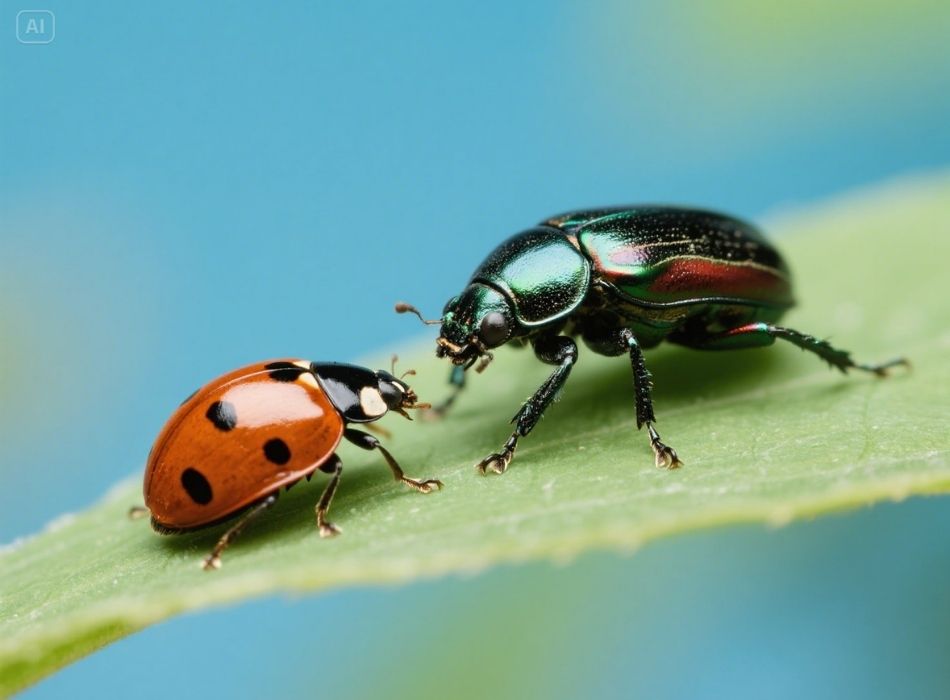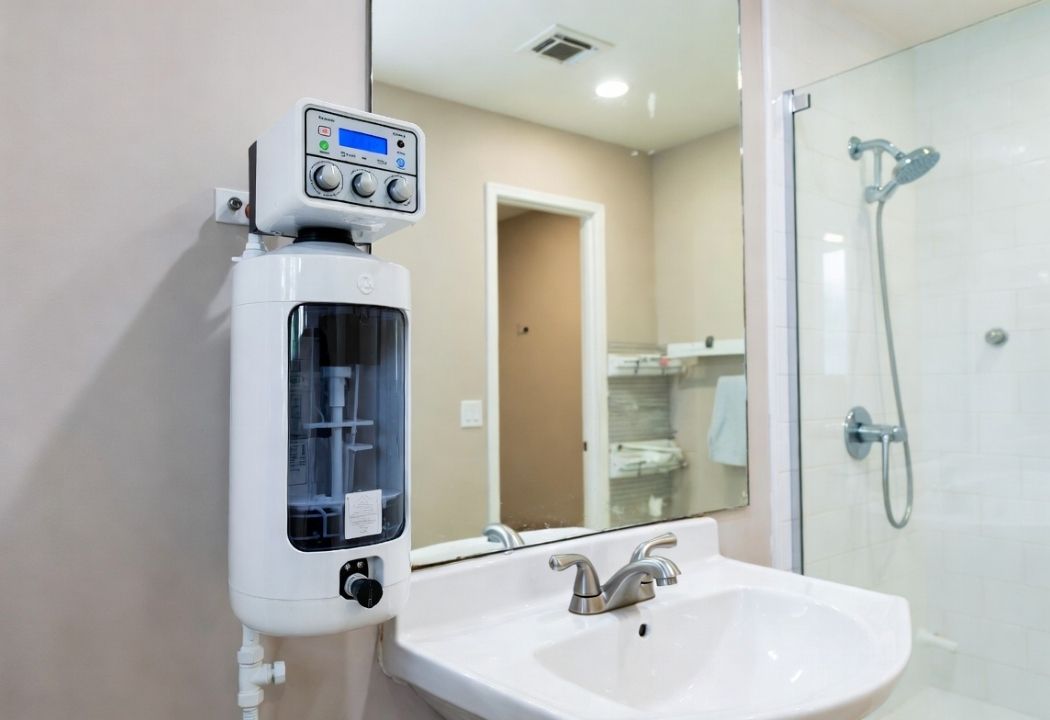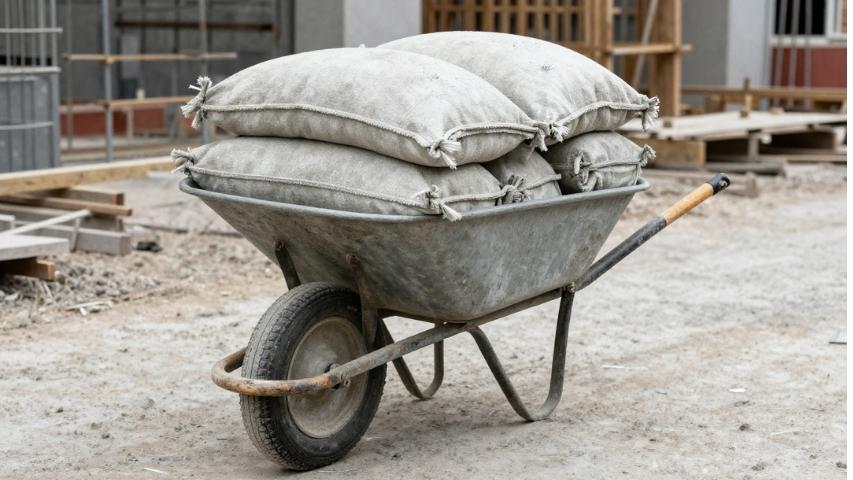If you’ve spent any time in your garden or around your home, you’ve probably come across small, brightly-coloured beetles that closely resemble ladybugs. While they may look alike, not all beetles in red or orange shells are the classic, harmless ladybugs we know and love. Asian beetles, often mistaken for ladybugs, can present challenges for homeowners and gardeners alike.
This blog will help you distinguish between Asian beetles and ladybugs, understand their behaviours, and learn how to manage them effectively. By the end, you’ll have practical tips to keep your home, garden, and plants protected.
What Are Asian Beetles and Ladybugs?
Before we understand the differences, we must understand these two insects individually.
The Asian Beetle
Asian beetles, formally known as Harmonia axyridis, were introduced to North America in the mid-1900s as a natural pest control method. These beetles are excellent at consuming aphids and other pests harmful to plants, which makes them quite valuable for agriculture. However, their population exploded over the years, and they started infiltrating homes to seek warmth during colder months.

The Ladybug
The ladybug is every gardener’s best friend with its iconic bright red shell and black spots. These small beetles are natural predators of plant-damaging insects like aphids but are much less invasive and harmful than their Asian counterparts.
Quick Guide to Spotting the Difference
The first step in addressing an Asian beetle problem is knowing how to tell them apart from genuine ladybugs. Here’s a quick comparison:
| Feature | Asian Beetle | Ladybug |
|---|---|---|
| Color | Orange to yellow, occasionally red | Bright red or orange with distinctive black spots |
| Spots | Irregular in size and quantity | Symmetrical, consistent black spots |
| “M”-shaped Marking | Present behind the head, near the neck (distinctive) | Absent |
| Behavior | Aggressive, bites in some cases | Docile and harmless |
| Seasonal Activity | Often invades homes in fall seeking warmth | Stays outdoors, helping in the garden |
Easy Tip:
If the insect has an “M” or “W” marking on the whitish section behind its head, it’s likely an Asian beetle.
Why the Distinction Matters
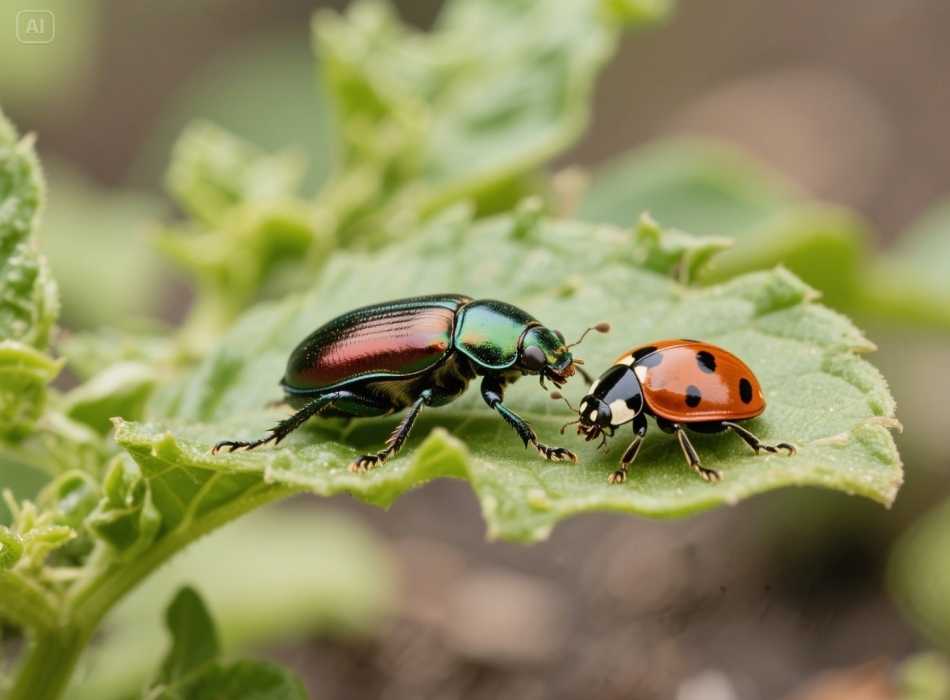
It’s easy to assume that since Asian beetles and ladybugs help control garden pests, they’re equally beneficial. However, the reality is much more nuanced.
Asian Beetles Can Become a Nuisance
While Asian beetles are effective at reducing harmful insect populations in gardens, their behaviours make them problematic for homeowners:
- Home Invaders: During the fall, Asian beetles seek warmth and often infiltrate homes. Once inside, they can leave behind a foul-smelling yellowish fluid when crushed or stressed, staining walls, furniture, and curtains.
- Allergic Reactions: Some individuals experience allergic reactions to the beetles’ secretions or bites, including skin rashes or respiratory irritation.
- Aggressive Behavior: Unlike ladybugs, Asian beetles may bite when threatened, making them less welcome houseguests. Their bites do not pose a significant health risk but can be painful and cause redness or swelling.
- Control Methods: Prevention is key in managing Asian beetle infestations. Sealing cracks and openings in the home’s exterior can help keep them out. Additionally, screens on windows and doors and installing weather stripping can serve as barriers against these pesky insects. If an infestation occurs, vacuuming the beetles and disposing of them in a sealed bag can help reduce their numbers.
- Chemical Solutions: In severe cases, professional pest control may be necessary to eliminate Asian beetle populations. Chemical treatments such as insecticides can effectively kill the insects and prevent re-infestations. However, it is essential to carefully follow the instructions provided by pest control professionals and adhere to safety precautions when using these treatments.
- Preventative Measures: Some preventative measures can be taken to avoid future infestations. Keeping your home clean and free of food debris can discourage Asian beetles from entering in search of a food source. Sealing cracks or openings in the walls, doors, and windows can also be an effective barrier against these insects.
- Impact on Agriculture: While Asian beetles may be a nuisance for homeowners, they can also significantly impact agriculture. They have been known to damage crops such as soybeans and corn, causing financial loss for farmers. In addition, their presence can also lead to a decrease in the population of other beneficial insects like ladybugs, which play an essential role in controlling pest populations in farms.
- Eco-Friendly Control Methods: Instead of chemical pesticides, eco-friendly methods can control Asian beetles. One option is using sticky traps placed in areas where these insects are commonly found. These traps contain a substance that attracts and captures the beetles, preventing further infestations.
- Natural Predators: Another way to manage Asian beetle populations is by introducing their natural predators into the environment. This includes birds, ladybugs, and certain types of wasps that feed on the beetles. Encouraging these predators to thrive can keep the beetle population in check.
- Plant Deterrents: Certain plants are known to repel Asian beetles due to their strong scent or taste. These include chrysanthemums, marigolds, and garlic. Planting these around your home or garden can help prevent Asian beetles from residing in your area.
Ladybugs Are Purely Beneficial
Actual ladybugs remain outdoors and stick to preying on troublesome garden pests. They are non-invasive, non-aggressive, and a welcome guest for any gardener.
How to Manage Asian Beetle Infestations

If Asian beetles have already made themselves at home, there are several steps you can take to remove them and prevent future invasions.
1. Seal Entry Points
Asian beetles typically sneak into homes through cracks in windows, doors, or vents. Inspect your home thoroughly and seal any small openings with caulking or weatherstripping. Don’t forget areas around utility pipes and air ducts.
2. Vacuum Them Up
For beetles that have already gained access, use a vacuum to remove them. Avoid crushing them, as their secretions can stain surfaces. Be sure to quickly empty the vacuum bag or canister outside to dispose of the beetles.
3. Use Light Traps
Asian beetles are attracted to light. You can set up light traps indoors to capture stragglers. These traps are easy to find online or at hardware stores.
4. Apply Natural Deterrents
Essential oils like citronella or peppermint can be natural repellents when sprayed around common entry points. These oils are safe for humans and pets but unpleasant for beetles.
5. Consider Professional Pest Control
If Asian beetles have infested your home despite your efforts, contacting a pest control professional may be the best action. They can offer more comprehensive solutions catered specifically to your situation.
6. Encourage Ladybugs Instead
Want to maintain natural pest control in your garden? Create an environment that attracts ladybugs by planting flowers like dill, marigolds, or fennel. Avoid harsh pesticides, which can harm ladybugs and other beneficial insects. You can also purchase ladybugs from gardening stores to release into your garden, providing a natural defence against unwanted pests.
How to Prevent an Asian Beetle Infestation Next Year
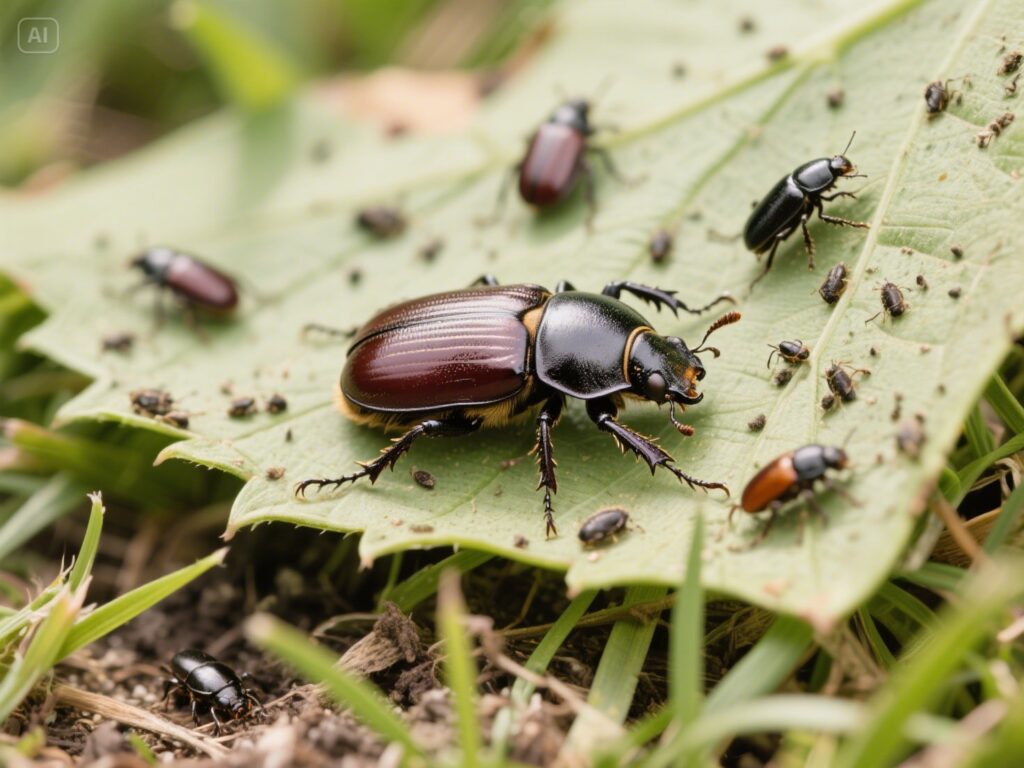
Prevention is always easier than dealing with an infestation. Here’s how to prepare for next year:
- Install Screens: Add fine mesh screens to windows and vents to prevent beetles from entering.
- Clean Up Your Garden: Asian beetles are drawn to gardens with aphid infestations. Keeping your garden healthy and free from excessive pests can reduce the beetle attraction.
- Use Exterior Repellents: Spray outdoor surfaces with insect-repellent treatments, especially door frames and eaves. This will discourage beetles from making a home in your house.
- Seal Entryways: Check doors and windows for gaps or cracks that may allow beetles to enter. Seal these areas with caulk or weather stripping.
- Keep Outdoor Lights Off: Asian lady beetles are attracted to light, so keeping outdoor lights off at night can help minimize their presence around your home.
Are Asian Beetles Ever Beneficial?
While many homeowners view Asian beetles as pests, they have their place in agricultural systems. Farms and extensive gardens with massive pest problems may benefit from the beetle’s ability to consume aphids and scale insects. That said, in smaller gardens or home settings, the disadvantages often outweigh the benefits.
Keep Your Home and Garden Safe
By understanding the key differences between Asian beetles and ladybugs, you can take the appropriate steps to protect your home and garden while fostering a healthy ecosystem.
Start with prevention, watch for the telltale “M” markings, and act quickly if you notice Asian beetles invading your space. Whether you’re a home gardener enjoying your flowers or a homeowner trying to keep your walls stain-free, knowing how to manage these critters ensures you can live in harmony with nature’s tiny creatures.
Need help protecting your garden or home from pests? Contact a local pest control expert today for customized solutions!







